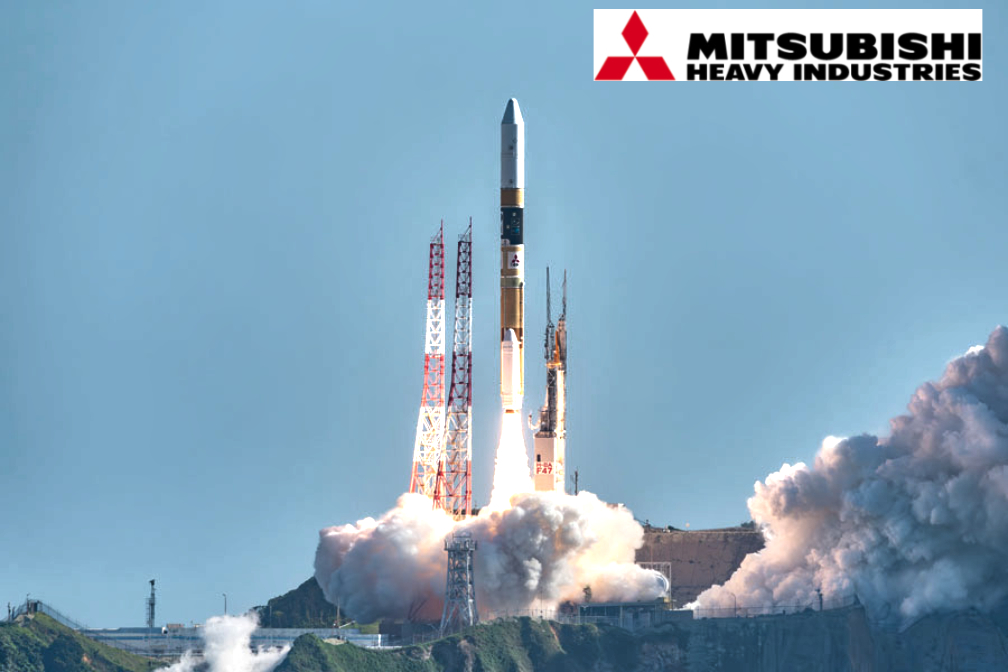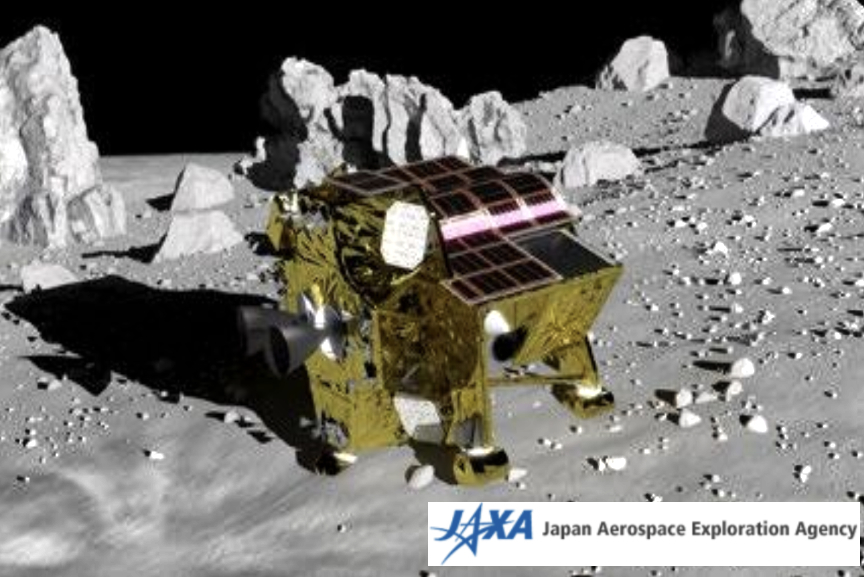
The Japan Aerospace Exploration Agency’s (JAXA) X-Ray Imaging and Spectroscopy Mission (XRISM) lifted off on a H-IIA rocket from the Tanegashima Space Center in Japan at 08:42 JST / 00:42 BST / 01:42 CEST on September 7, 2023. This successful launch marks the start of an ambitious mission to explore the growth of galaxy clusters, the chemical make-up of the universe, and the extremes of spacetime. XRISM is a collaboration between JAXA and NASA, with significant participation from ESA.
The launch vehicle (H-IIA F47) carried aboard the XRISM space telescope and SLIM lunar lander payloads that were produced by the Japan Aerospace Exploration Agency (JAXA).
H-IIA F47 flight proceeded nominally. XRISM separated approximately 14 minutes 9 seconds after launch and SLIM separated approximately 47 minutes 33 seconds after launch, as planned.
JAXA has confirmed from the telemetry received from XRISM that the power generation for the solar array paddles, communication with the ground, and the attitude control required to maintain these are normal. Confirmation has also been received that the cooling system of the soft X-ray spectrometer (Resolve) is operating stably. This marks the end of the critical operation period (*1).
XRISM has entered the commissioning period, which will last about three months to verify the functions of the satellite’s onboard equipment.
Smart Lander for Investigating Moon (SLIM is a small-scale, exploration lander designed for pinpoint landings on the Moon’s surface, reduction in the size and weight of equipment used in Moon landings, and investigation into the Moon’s origins. The lander will also test technology fundamental to exploration in low-gravity environments, an important requirement for future scientific investigation of the solar system.

JAXA received a signal from SLIM, received via the Maspalomas Station (Canary Islands, Spain) at 9:45 a.m.(JST) on that same day as the launch, confirming the successful completion of sun acquisition control. The SLIM’s status is currently normal.
ESA and European institutions contributed scientific guidance and vital technologies to XRISM, including for the scientific instruments and for the systems that keep XRISM pointing and oriented correctly. In return for these contributions, ESA will be allocated 8% of XRISM’s available observing time. This will enable European scientists to propose cosmic targets to observe in X-ray light and make breakthroughs in this area of astronomy.
While XMM-Newton remains an excellent observer of lower-energy X-rays, XRISM has been optimized to observe large, diffuse structure in the cosmos (such as galaxy clusters), with an unprecedented ability to distinguish the ‘colors’ of higher-energy X-ray light. By combining observations from the two observatories, complementary measurements will reveal a more complete picture of the hot and energetic Universe. Astronomers that request observing time with XRISM may, in the future, be offered observing time on XMM-Newton.
Looking further ahead, XRISM will lay the path for ESA’s Athena mission, currently under study and set to be the largest X-ray observatory ever built. XRISM will provide the first high-resolution spectroscopy X-ray measurements of objects in the nearby universe; Athena will build upon these discoveries to observe more distant objects, at the epoch when the largest gravitationally bound structure in the Universe formed, or when the first super-massive black holes at the centres of galaxies became active. XRISM’s first-of-its-kind Resolve instrument will act as an important technology demonstrator for Athena.

“I would like to extend my congratulations to JAXA for this successful launch. I wish the mission team the best of luck getting XRISM to its operating orbit around Earth and preparing it for science observations.” — Carole Mundell, ESA’s Director of Science
“ESA already has a strong legacy and presence in high energy astronomy. Our XMM-Newton and Integral missions have been studying the Universe in X-rays and gamma-rays for over two decades, and we are currently planning the Athena mission. With this experience, we have been able to make important contributions to what we expect will be a very productive XRISM mission.”As ESA project scientist, I am thrilled by all the exciting science promised by XRISM. As a researcher I am personally looking forward to accurately measuring the physical properties of outflows from super-massive black holes at the centers of galaxies, and discovering how they regulate the formation of stars within that galaxy. — Matteo Guainazzi, ESA XRISM project scientist
